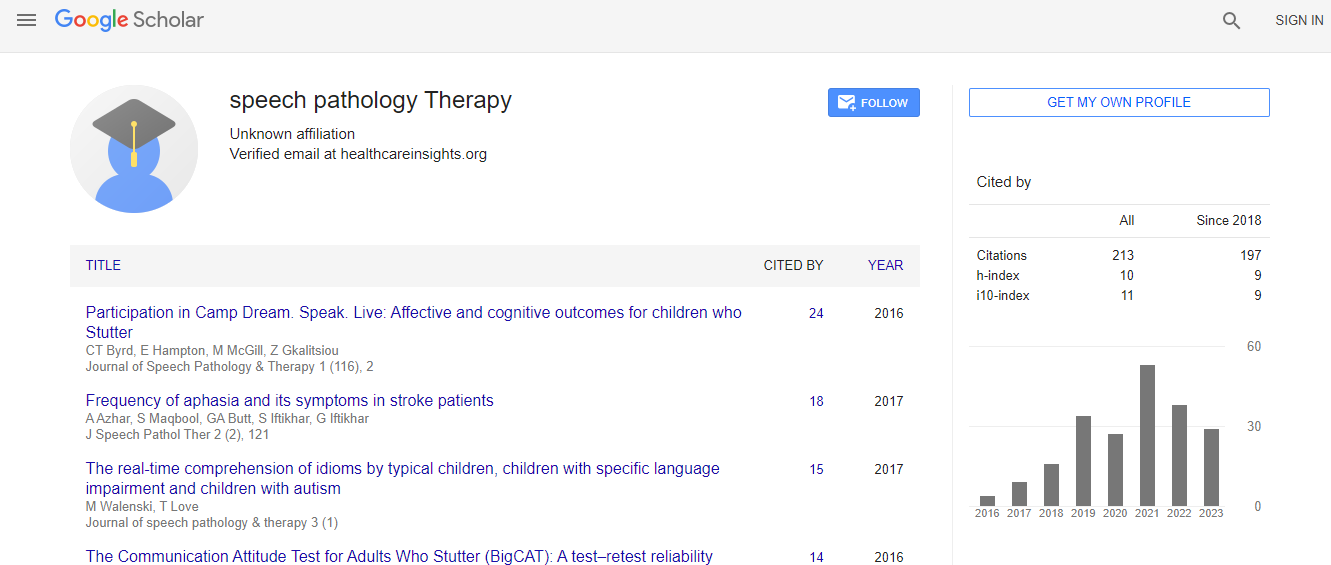Research Article
Communication Attitude of Slovenian Preschool Children who do and do not Stutter
Jerneja Novšak Brce1* and Martine Vanryckeghem21Faculty of Education, University of Ljubljana, Slovenia
2University of Central Florida, United States
- *Corresponding Author:
- Jerneja Novšak Brce
Department of Special and Rehabilitation Pedagogy
University of Ljubljana, Slovenia Kardeljeva Ljubljana, Slovenia
Tel: +386 1589 22 45
E-mail: jerneja.novsak@pef.uni-lj.si
Received date: October 27, 2016; Accepted date: January 21, 2017; Published date: January 28, 2017
Citation: Brce J and Vanryckeghem M (2017) Communication Attitude of Slovenian Preschool Children who do and do not Stutter. J Speech Pathol Ther 2:124. doi: 10.4172/2472-5005.1000124
Copyright: © 2017 Brce JN, et al. This is an open-access article distributed under the terms of the Creative Commons Attribution License, which permits unrestricted use, distribution, and reproduction in any medium, provided the original author and source are credited.
Abstract
Objective: The aim of this paper was to investigate the communication attitude of Slovenian preschool children who stutter by means of the Communication Attitude Test for Preschool and Kindergarten Children who Stutter (KiddyCAT), and to determine whether differences in communication attitude existed among preschool children who stutter, and their peers who are fluent speakers. In addition, the test’s discriminant value, its internal reliability and the factors underpinning the Slovenian version of the KiddyCAT were explored.
Methods and Procedure: Data were gathered on a normative sample of 49 preschool children who stutter and 74 who do not stutter. The children were divided into two subgroups according to age: a ‘’younger’’ (3 to 4,4 years old) and ‘’older’’ (4,5 to 6 years old) group.
Outcomes and Results: Results showed that preschool children who stutter scored statistically significantly higher on the KiddyCAT than preschool children who do not stutter. The effect size was large. A mean increase in scores among the preschool children who stutter was observed, but was not statistically significant. An opposite observation, again not significant, was made for preschool children who do not stutter. Also gender did not affect the test results. The test is internally reliable and has construct validity.
Conclusion and Implications: The KiddyCAT is a useful tool for early detection of negative communication attitude of preschool children who stutter and helps in targeting cognitive-related stuttering intervention goals.
 Spanish
Spanish  Chinese
Chinese  Russian
Russian  German
German  French
French  Japanese
Japanese  Portuguese
Portuguese  Hindi
Hindi 